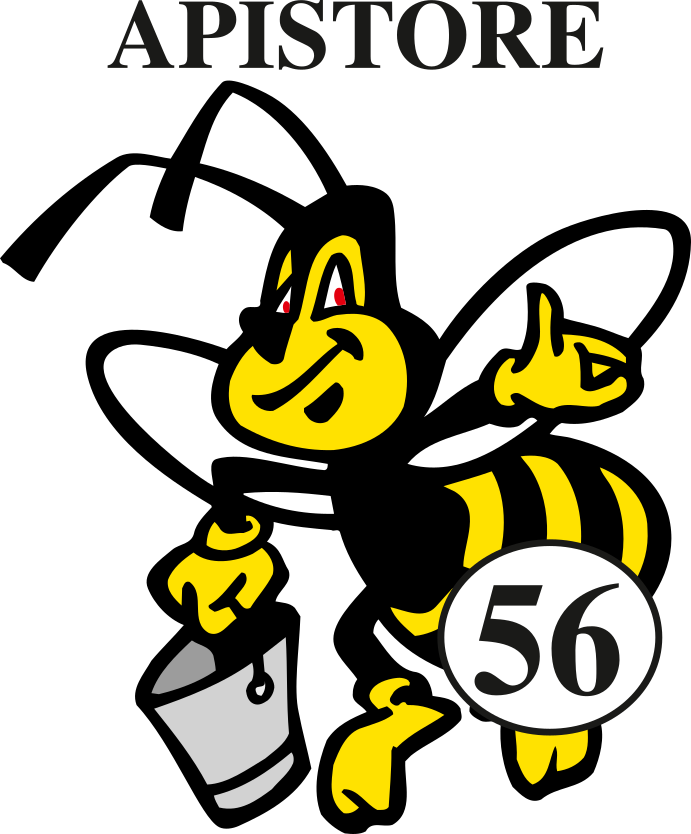

Apifor60- 60% aqueous solution of FORMIUM ACID - 1 L Conf. AUTHORIZED PRODUCT FOR VETERINARY USE THIS PRODUCT MAY ONLY BE SOLD IN ITALY Technical data sheet see attached
USE RECOMMENDATIONS FOR ASPRONOVAR:A) For Beehives- 3 small bottles filled with 200 ml/cad- felt wick 3 cm long- frame placement outside the broods- inverted honeycomb or empty Honey super to act as a lung- treatment times 14/21 days depending on varroa fall- intervention between mid-July and mid-August (need to do post treatment at least 2 brood cycles)B) For nuclei- 3 small bottles filled with 100 ml/cad.- 2 cm long felt wick- positioning frame in contact with polystyrene/wood wall- empty honeycomb to act as a lung- treatment time 14/21 days depending on varroa fall- intervention between mid-July and mid-August (need to do post treatment at least 2 brood cycles) WHY CHOOSE IT: - Gradual spread with possibility to manage evaporation- Low mortality of queen bees- Stability in ant temperature- High efficacy rate- Safe for operator
USE RECOMMENDATIONS FOR ASPRONOVAR:A) For Beehives- 3 small bottles filled with 200 ml/cad- felt wick 3 cm long- frame placement outside the broods- inverted honeycomb or empty Honey super to act as a lung- treatment times 14/21 days depending on varroa fall- intervention between mid-July and mid-August (need to do post treatment at least 2 brood cycles)B) For nuclei- 3 small bottles filled with 100 ml/cad.- 2 cm long felt wick- positioning frame in contact with polystyrene/wood wall- empty honeycomb to act as a lung- treatment time 14/21 days depending on varroa fall- intervention between mid-July and mid-August (need to do post treatment at least 2 brood cycles) WHY CHOOSE IT: - Gradual spread with possibility to manage evaporation- Low mortality of queen bees- Stability in ant temperature- High efficacy rate- Safe for operator










































